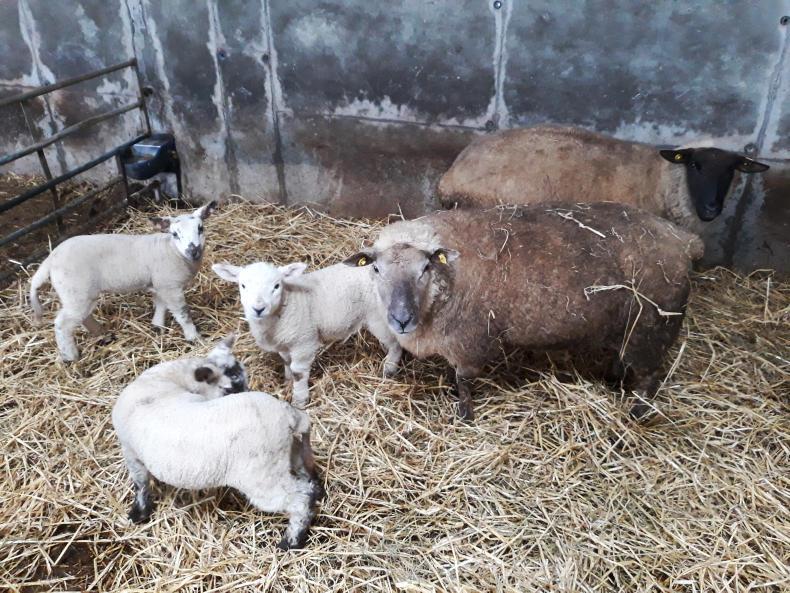Grass tetany: While grass growth has yet to take off and give rise to the typical disease risk profile for grass tetany, the disease remains a significant risk factor for ewes in early lactation. The disease is caused by low blood magnesium levels, with the onset generally brought on by any one of a number of stress factors which act as a trigger for the disease.
Animals cannot store magnesium in their bodies and therefore must ingest magnesium on a daily basis to guard against a deficiency occurring. The level of magnesium absorbed from forage is depressed by a number of factors including high-nitrogen fertilisation, rapidly growing swards, high potassium levels in the soil and the rapid transfer of leafy grass material through the animal’s system. Triggers for the disease include swings in daytime and night-time temperatures like we are currently experiencing, adverse weather, nutritional stress and sharp changes in their diet. As the onset of disease is rapid, it is important to prioritise preventative strategies and offer ewes access to magnesium supplementation. The target intake is in the range of 5g magnesium daily.
The most common form is high-magnesium lick buckets followed by concentrate supplementation. With concentrate supplementation, feeds generally have to be requested with a high-magnesium content and are more expensive to purchase. Offering standard concentrates will also help, however, as it slows down the rate of digestion and gives a better chance for magnesium to be absorbed. These two options may be required temporarily where grazing lush reseeds.
Magnesium bullets or boluses offer a short window of cover and are expensive, while adding magnesium to water works well in dry weather but intakes can drop in wet weather. Pasture dusting is possible but not generally used. If identified early, grass tetany can be treated by administering magnesium.
Grass supplies: While growth rates are slow to build, grass supplies are being helped by a marked improvement in utilisation and a higher dry matter level. Where supplies are still running behind demand, it is important to continue with strategies to help supplies get to a position where they can satisfy demand. Supplementing recently lambed ewes is an option to reduce grass demand.
Ewes and lambs should also be grouped into larger grazing groups as allowing smaller numbers access to a larger area will continually hit grass regrowth and keep pressure on sward recovery and growth rates. The other vital component is getting fertiliser applied following grazing. Highly stocked farms should be applying in the region of 25 to 30 units of nitrogen while swards which have borne the brunt of grazing in recent weeks including being used to supplement ewes and are likely to be slower to recover will benefit from a compound fertiliser.
Hygiene: There is a greater risk of diseases such as E.coli scour, joint ill and coccidiosis establishing as you enter the final stages of the lambing season and disease levels build. It is important to stay on top of hygiene and keep lambing and individual pens disinfected regularly and well bedded with fresh straw. If at all possible individual lambing pens should be cleaned and disinfected when pressure on space reduces.






 This is a subscriber-only article
This is a subscriber-only article









SHARING OPTIONS: